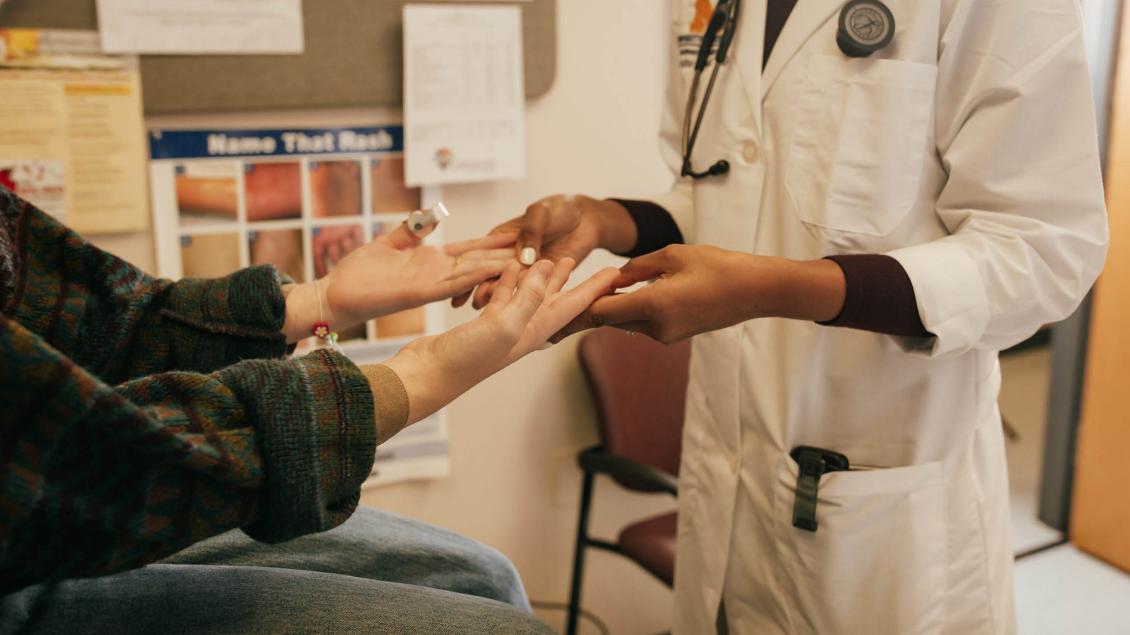
Overcoming Barriers to Care
Various barriers prevent youth from receiving appropriate services for opioid misuse and Opioid Use Disorder (OUD), including limited time with providers and limited screening opportunities.
In the past couple of years, rates of adolescent Opioid Use Disorder (OUD) diagnoses and opioid-related overdoses and deaths have increased. While the highest rates of opioid use and overdose are found in ages 25-34, studies have found that the average age of initiation to non-medical opioid use is 16 years old. In addition to limited time with providers and limited screening opportunities, other barriers prevent youth from receiving appropriate services for opioid misuse, such as difficulty navigating referral and treatment systems and stigma and biases surrounding substance use.
Timely Topics: Addressing Adolescent Opioid Use, created in partnership with Michigan State University’s Opioid Prevention and Education Network (OPEN-MSU), is intended to assist both primary care and behavioral health providers navigate adolescent and young adult opioid use and misuse in strengths-based, youth-friendly ways.
CONTENT WARNING: This module discusses substance use and addiction. Depending on your personal experience, some of the content may be emotional and challenging.